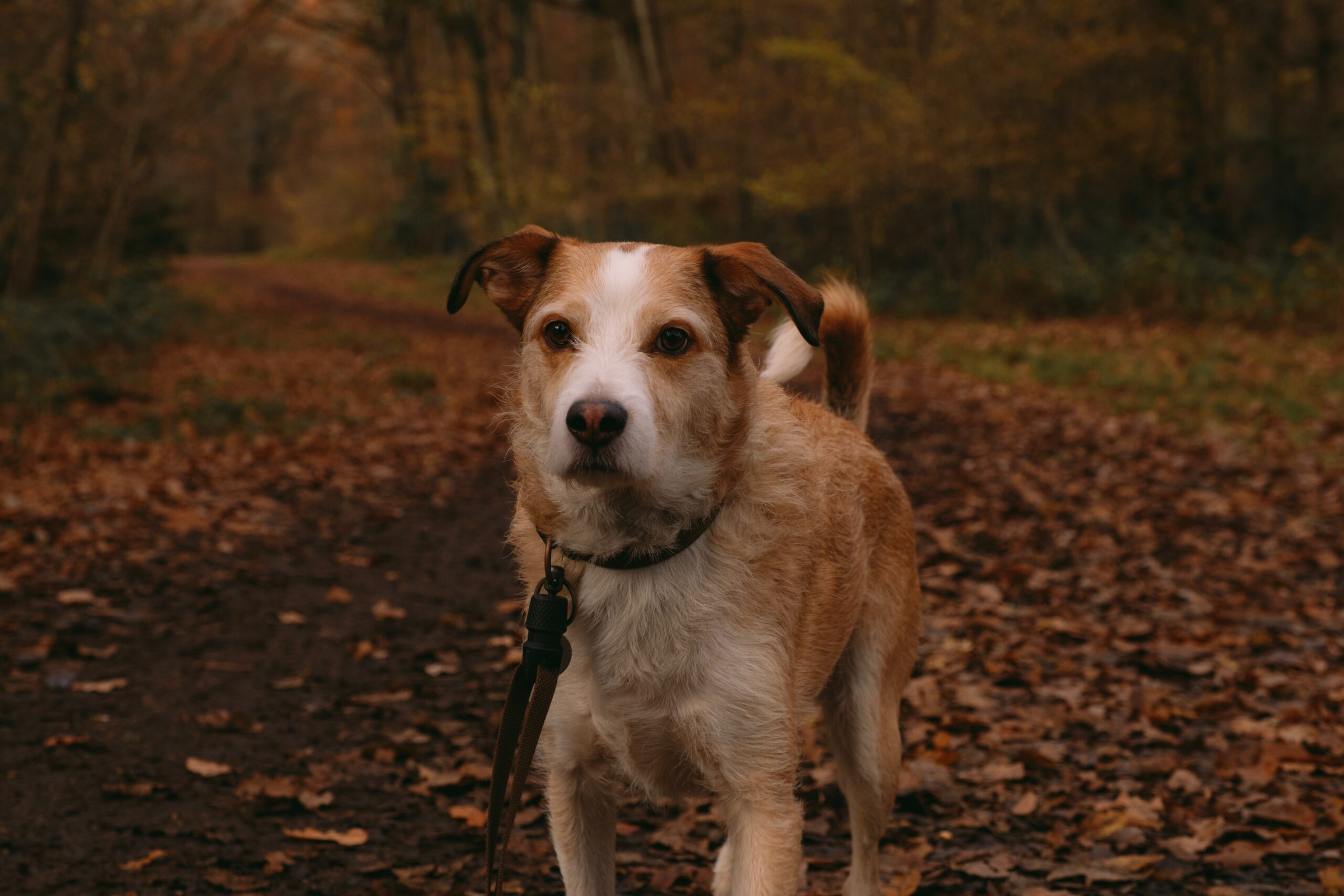The Kromfohrlander is a medium-sized companion dog that is sensitive, caring, and devoted to its family. He has a unique smile and will sneeze to greet you. The breed is pronounced, “krome-for-lahn-dair.”
The Kromfohrlander is a very bright, amusing, and athletic dog that loves to climb and jump and excels at agility and dog-trick training but can be picky about food. They are available in two coat types: wire-haired (with beard) and smooth-haired (smooth face, no beard, and lovely, long, soft hair). In North America, the breed is known as “Kromi” (krome-ee). The Kromfohrlander was bred to be a companion only, has minimal hunting instinct (despite its terrier heritage), and lives for an average of 17-18 years. He gets along well with children and family members but is a one-person dog. He is extremely bonded to his master, will not flee, and is the first to alert strangers.




 Health
Health Grooming
Grooming Exercise
Exercise Training
Training Nutrition
Nutrition